Lead-acid batteries are among the most common. Low cost, wide assortment, and ease of purchase are the factors that make it increasingly widely used.
However, one problem that makes this battery type reduce its lifespan and wear out quickly is the sulfation process. That is why people often add distilled water to dilute the amount of sulphuric acid. Adding water to the battery will help extend its life and performance; scroll down to learn more about it and how to do it.
What Is Battery With Water?
You’ve probably heard of the concept of an electrolyte. This solution is responsible for charging your accumulator. Therefore, this type of liquid is often found in rechargeable batteries.
This is how the electrolyte solution works:
- Inside it, there are many flat lead plates immersed in this solution
- Every time you complete charge it and this liquid will be heated up
- It will be broken down into two elements – oxygen gas and hydrogen gas which will evaporate through the vents.
- The sulfuric acid solution creates a chemical reaction between the battery cells and generates electrons.
- Electrons will surround the lead plates and generate electricity.
However, do not confuse it in the accumulator with the above solution. They are different and responsible for different operations.
To keep things simple, the battery electrolyte surface inside it is a dilution of water and sulfuric acid. And vice versa, accumulator water will be used to replenish the battery water level every time it is nearly exhausted, especially after the charge cycles.
Usually, the one used for the filling is pure water, like distilled one. Because tap or others may contain lithium-ion battery impurities, this can interfere with the electrolysis process, and create irreversible damage to the accumulator. Time to time, in the more dangerous case, leads to a fire or explosion.
Will Adding Water To A Battery Fix It?
Many people wonder about adding this additional dilution to electric vehicle battery; it sounds weird and dangerous. But don’t worry; we will show you why this task is important for lead-acid battery care.
As mentioned above, the amount of water added is for proper maintenance of the electrolyte level of the accumulator. So, its water fills prolong battery life and contribute to its optimum performance.
However, if you don’t refill, what could happen?
Each time the accumulator is charged, the solution in it is heated up. This results in its inherent water loss and being exhausted after a while.
When it is completely exhausted and cannot be refilled, the sulfuric acid inside will gradually erode the lead plates, also known as sulphation. This situation cannot be recovered; the only way is to replace it with a new one.
More dangerously, if this amount of sulfuric acid is overheated and not diluted with water, it can overflow and lead to an explosion. So, do you know how to add water to the battery?
How To Refill Battery Water For Car
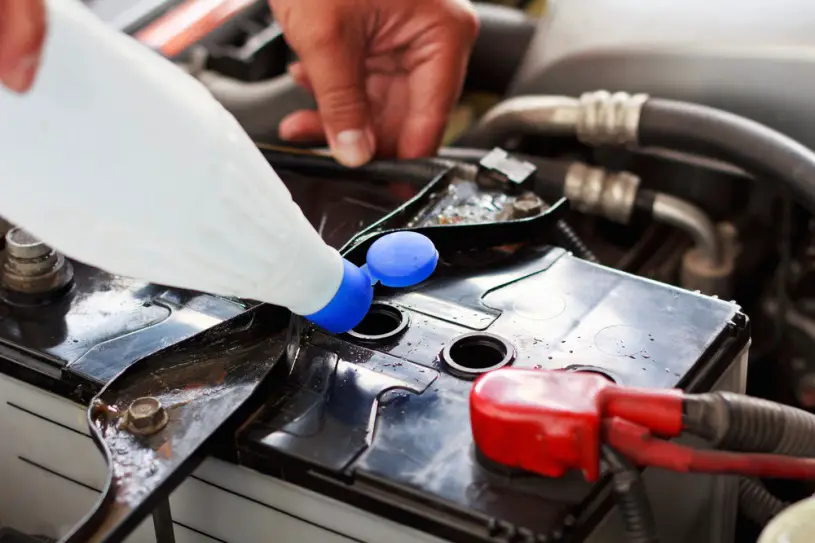
What Kind Of Water Should I Use In My Battery?
Not all types can be used to fill batteries, and this is something you must keep in mind. Tap water will contain impurities and is not pure enough. Mineral one can also cause chemical reactions during electrolysis.
Qualified and tested Deionized one is the best choice. If you are curious about how to make battery water, you can buy specialized equipment to test the quality. But it will be quite complicated and expensive.
With a budget of a few dollars per refill, we highly recommend distilled one. It’s easy to find, affordable, and safe enough for your rechargeable accumulator.
When To Water A Battery?
If you wonder when is the best time to refill it, experts usually recommend it after it is fully charged. How much water goes in a battery? At this full point, you can refill the additional water as high as possible.
Absolutely do not refill when the accumulator is in the state of charging or discharging; this is extremely dangerous! Because the acid will boil over when charging, adding water will cause the fluid level of this one to rise simultaneously, and it may splash out or exceed the safe threshold.
As for the frequency of refilling, it will depend on the frequency of use and weather conditions. For example, you will use the car for an hour a day or 1 to 2 days a week; refilling only needs to be done about 1 to 2 times a month.
You should do this task once a week if you use the car regularly all day, Or in the summer when the temperature is high, the speed of water evaporation is also faster.
How To Water A Battery?
Follow these steps to refill your accumulator:
- Equip yourself with safety equipment: gloves, protective eyewear, masks, etc.
- Check the warning label, disconnect the power and clean the surrounding surfaces of the accumulator to prevent dust from getting inside.
- Open the cover and check the amount of liquid remaining inside the accumulator. The battery terminals need to be completely immersed in the liquid.
- Check the water level and refill if it is already missing, making sure that it covers the battery plates.
- Avoid overfilling the conventional battery with distilled water, especially if yours is old.
- Close the accumulator cover and other components (if any) in the order you removed them and avoid irreparable damage
- Use a rag to wipe up spilled solutions.
- Check the battery voltage and battery charger two days after being filled
Conclusion
Remember that refilling is extremely necessary to do from 1 to 4 times a month to ensure battery performance and life. At the same time, it ensures the safety of the car and yourself.
Don’t forget to check step-by-step guidelines before refilling to avoid risks or wrong operations.

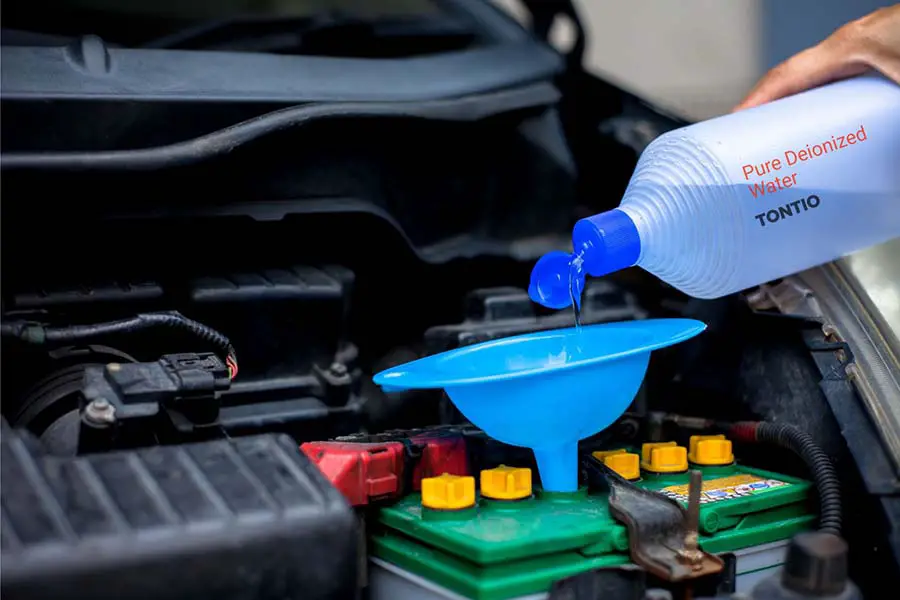

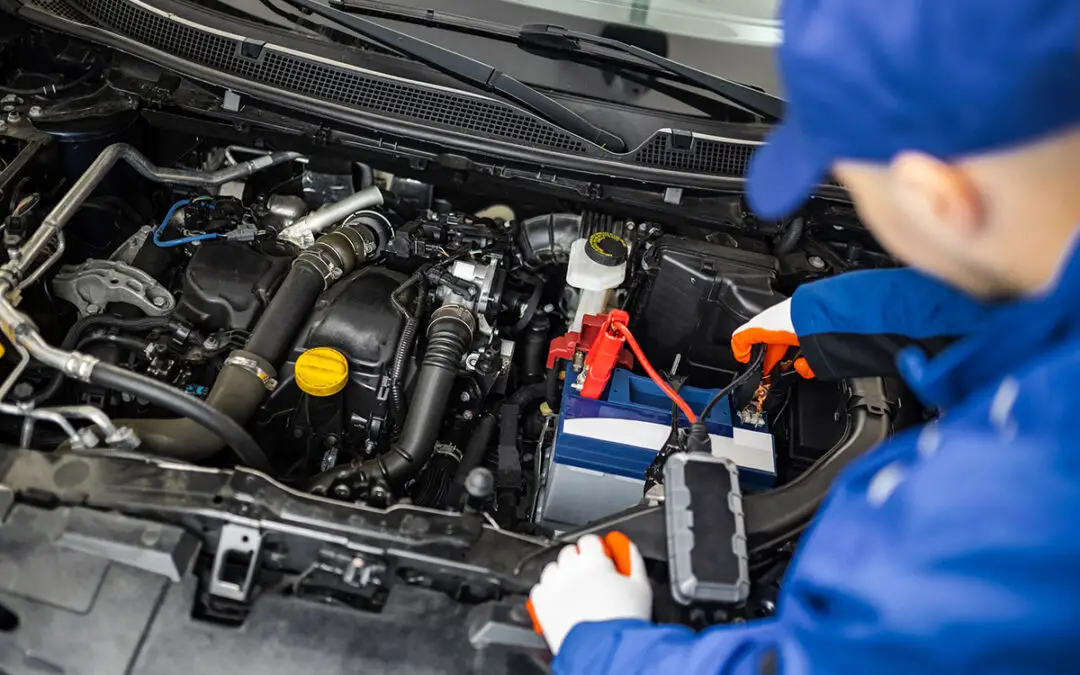
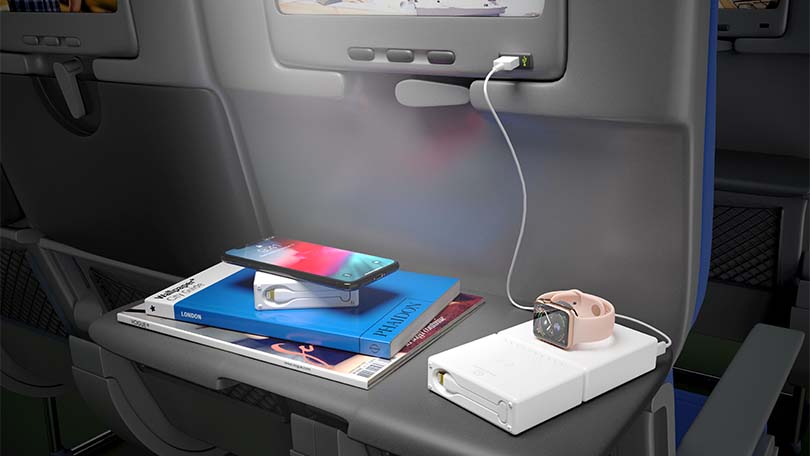
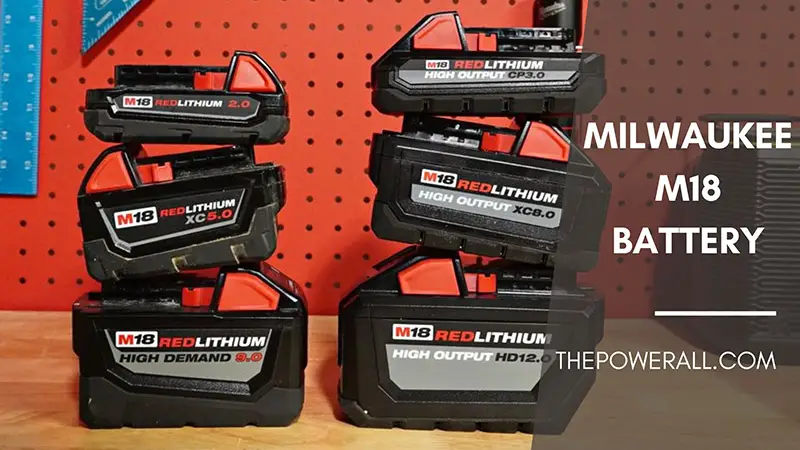


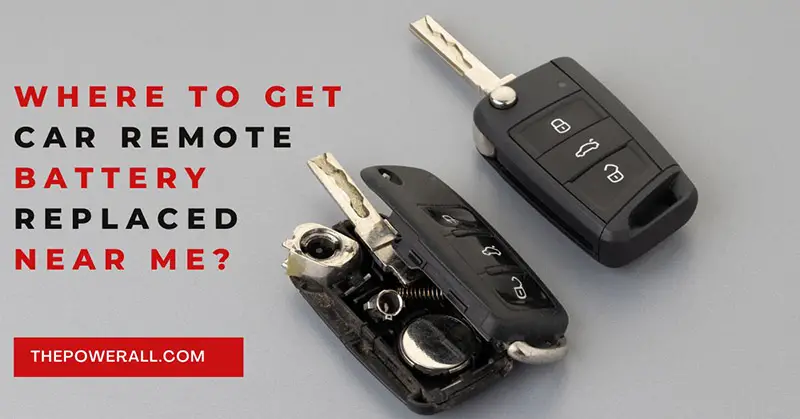
0 Comments